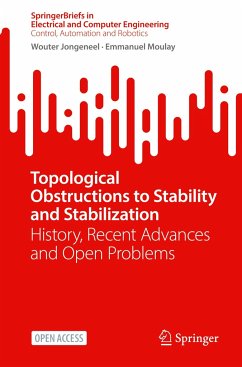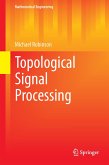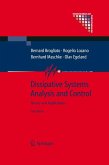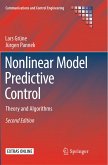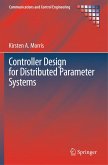This open access book provides a unified overview of topological obstructions to the stability and stabilization of dynamical systems defined on manifolds and an overview that is self-contained and accessible to the control-oriented graduate student. The authors review the interplay between the topology of an attractor, its domain of attraction, and the underlying manifold that is supposed to contain these sets. They present some proofs of known results in order to highlight assumptions and to develop extensions, and they provide new results showcasing the most effective methods to cope with these obstructions to stability and stabilization. Moreover, the book shows how Borsuk's retraction theory and the index-theoretic methodology of Krasnosel'skii and Zabreiko underlie a large fraction of currently known results. This point of view reveals important open problems, and for that reason, this book is of interest to any researcher in control, dynamical systems, topology, or relatedfields.
"In this book the stabilization of nonlinear dynamical systems is studied. ... The objective of the book is to describe the principal topological obstacles to stabilization. ... this is a useful book on control theory." (Sergey Gennadievich Kryzhevich, Mathematical Reviews, December, 2024)

